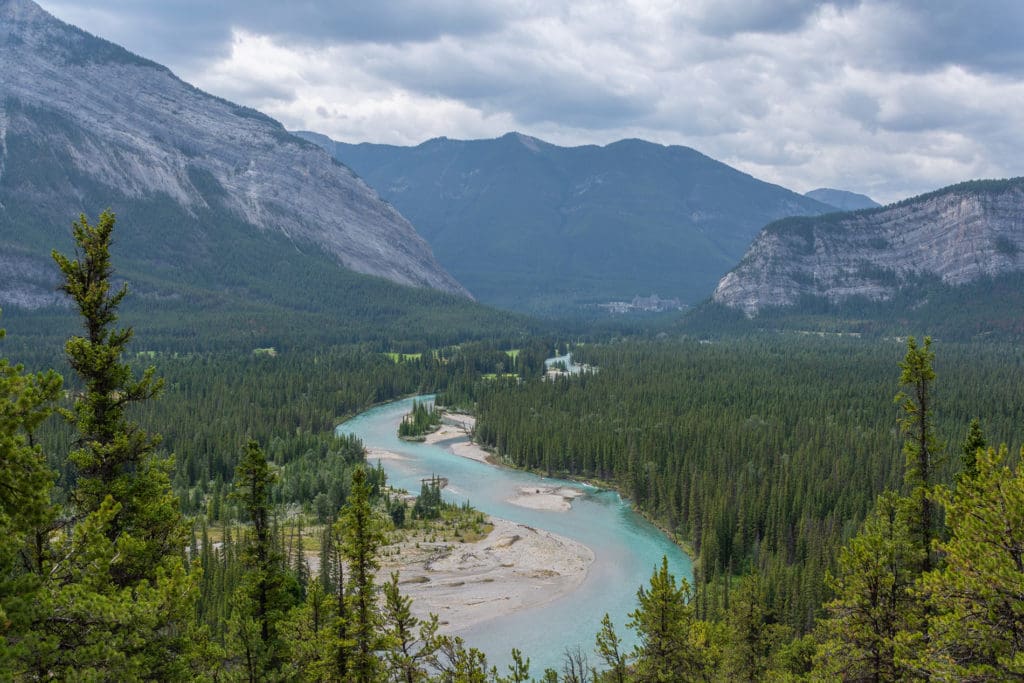Gravel-bed rivers are found at the headwaters of all the major rivers of the west: the Colorado, Missouri, Bow, North Saskatchewan, Columbia, Fraser, Peace, Yukon, and Mackenzie rivers.
According to research from professor and director for the University of Montana’s Center for Integrated Research on the Environment, Dr. Ric Hauer, these gravel-bed river ecosystems and floodplains are some of the most ecologically important habitats in North America.
In the Yellowstone to Yukon region gravel-bed river plains support more than half the region’s plant life; more than 70 per cent of the region’s bird species use the river floodplains while deer, elk, caribou, wolves and grizzly bears use the floodplains for food, habitat and important migration corridors.
These gravel-bed rivers also provide essential connectivity across the landscape for both terrestrial and aquatic organisms, critical in a time of climate change.
Learn more in this May 2020 webinar with Dr. Hauer hosted by Y2Y and the National Museum of Wildlife Art: Invisible Rivers Beneath our Feet.
Watch the webinar:
- Read more on Dr. Hauer’s research: An ecosystem’s lifeblood, flowing through gravel (New York Times, November 2016)
- Dr. Hauer’s full paper, Gravel-bed River Floodplains are the Ecological Nexus of Glaciated Mountain Landscapes is available on Science Advances.


